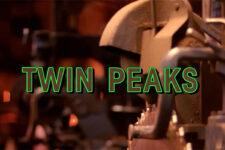
Galileo is accused of heresy
In the early 17th century, the conflict between Galileo Galilei and the Catholic Church epitomized the tension between science and religious doctrine. Galileo, an Italian astronomer, engineer, and philosopher, was at the forefront of the Scientific Revolution.
His support for Copernicanism, the astronomical model developed by Nicolaus Copernicus, which posited that the Earth and other planets orbit the Sun, directly challenged the geocentric views long held by church doctrine, according to which everything in the universe orbited Earth.
The controversy began in earnest after Galileo published “Dialogue Concerning the Two Chief World Systems” in 1632, in which he defended the heliocentric theory.
This publication did more than just advocate an alternative astronomical model; it implicitly questioned the church’s authority by advocating a view that contradicted the literal interpretation of the Scriptures.
The Catholic Church, during the Counter-Reformation, was particularly vigilant and reactive against any ideas that could be seen as heretical and undermine its authority.
Pope Urban VIII felt personally betrayed by Galileo’s actions, as he had previously been a supporter of Galileo and had even allowed him to write about the Copernican system, provided he treated it as a mere mathematical hypothesis.
However, Galileo’s “Dialogue” was seen as an open endorsement of the heliocentric theory, which went against the Pope’s conditions. Consequently, Galileo was summoned to Rome to stand trial for heresy in 1633.
During the trial, he was found “vehemently suspect of heresy” and forced to recant his views. His books were banned, and he was sentenced to house arrest, where he remained until his death in 1642.
It took more than 300 years for the Church to admit that Galileo was right and to clear his name of heresy.









